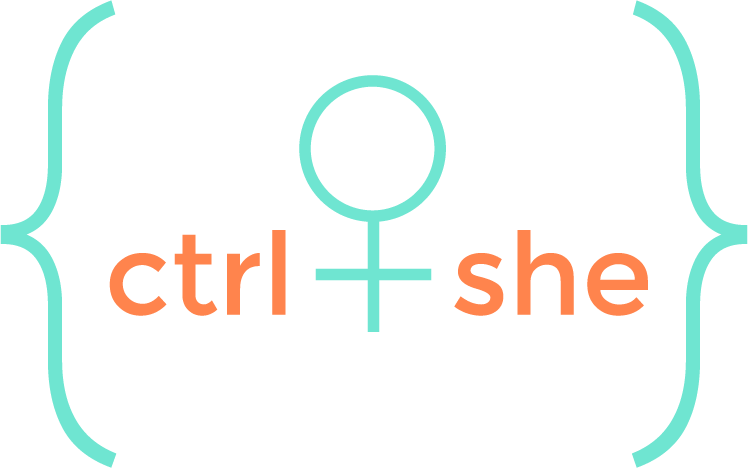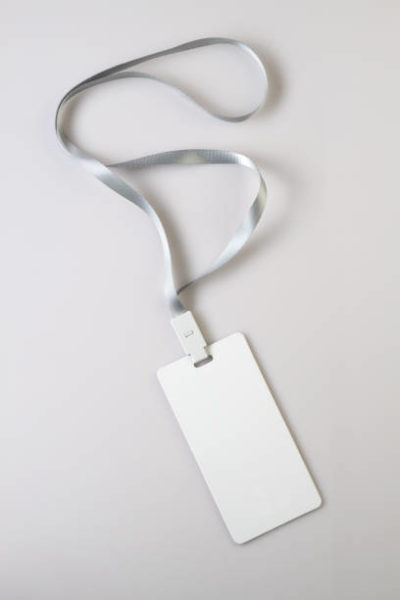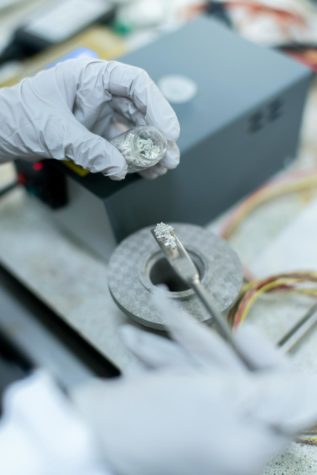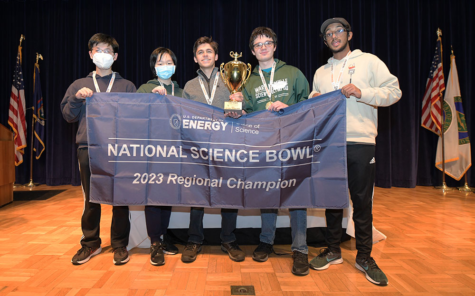Ctrl + She: Decoding the Binary between Genders in Tech
May 3, 2017
On March 25th, 2017, Ward Melville held the ctrl + she conference, a long awaited event organized by Julia Hu, Shannon Sartain, and Amy Huang. The conference was designed to bring women together, especially those interested in business and computer science. It gathered successful women in the industry together with enthusiastic high school students in the hopes of mitigating the gender disparity that currently marrs the tech industry.
The imbalance of women in STEM departments has long been a highly contested discussion, and the answers society can muster are ambiguous and frankly, vex the circumstances even further. Today, the statistics reveal truths of grim character regarding gender equality within the STEM world. Women make up half of the total U.S. college-educated workforce, but only 29% of the science and engineering workforce. Female scientists and engineers are concentrated in different occupations than are men, with relatively high shares of women in the social, biological, agricultural, and environmental sciences, but quite low shares in engineering (15%) and computer and mathematical sciences (25%). When examined cursorily, these numbers epitomize a mere continuation of the enduring stereotype with female residence on the creative hemisphere of the spectrum, and males on the factual, exact, and scientific end. Some may see it as simply the extension of a fortified cultural tradition, and bear a resigned forecast of the future. In contrary to such solemn presages, there is a much deeper elucidation of such numbers as well as several mindful paths that can be followed to improve conditions.
Many people claim they do not believe the stereotype that females are inferior to boys and men in math and science. However, even individuals who consciously and perceptibly repudiate gender and science stereotypes can still hold that belief on an unconscious level. These unconscious beliefs, or implicit biases, may contain power exceeding that of explicitly held beliefs and values simply because such people are wholly oblivious to the presence of such thoughts in their disposition. Even if patent gender bias is fading with time, research shows that many sequestered, unconscious beliefs brim negative stereotypes and continue to influence assumptions about people and behavior. It is next to impossible to transform beliefs that do not even surface in one’s speech, and I do not think that changing the deeply entrenched ideals of such intrinsically obdurate people will be advantageous in increasing the amount of women in STEM fields. It is the dynamic minds to whom we should award our attention.
Another factor that may lead to scant levels of women involved in STEM careers is the nature of one’s mindset. Individuals with a “fixed mindset” believe that intelligence is static. In contrast, individuals with a “growth mindset” believe that intelligence can be developed, increased, and matured. Because of this they are characterized by an inherent desire to learn more and, therefore, tend to embrace challenges, persevere when they encounter obstacles, see effort and practice as preceding expertise, learn from criticism, and be inspired by the success of others. Individuals with a fixed mindset are instead vulnerable to a loss of confidence when they encounter challenges, because they believe that if they are truly intelligent, skills and proficiency will come easily to them. Individuals with a growth mindset show a far greater belief in the strength of effort, and in the face of adversity, their confidence flourishes because they believe they are learning and growing wiser as a result of the challenge. These research findings are important for women in STEM because encountering obstacles is innate in scientific work. When girls and women believe they have a fixed amount of intelligence, they are more likely to lose confidence and disengage from science and engineering when they inevitably encounter difficulties in their course work. This is true for all students, but it is especially pertinent for girls in math and science, where negative stereotypes persist about their abilities. Therefore, in math and science, a growth mindset is extremely beneficial for females, and attempts to instill such an outlook should be carried out from early youth fluidly into adulthood by parents, educational facilities, and even the commercial sectors.
There is much that should and can be done to dramatically increase the numbers of females in STEM fields, and none of the solutions are beyond the scope of average comprehension, nor are they defiant of any ethical standards. They are succinct and justified. News about girls’ and women’s achievements in math and science should be acclaimed and ubiquitous. Girls should be taught that intellectual skills, including spatial skills, are acquired, not arisen with birth. Students should be educated about stereotype threat and a growth-mindset environment must be promoted. Talented and gifted programs should send the message that they value growth and learning. Girls should be helped and encouraged in recognizing their career-relevant skills. Classes such as calculus and physics should not lie beyond the imagined ‘limitations’ of the female acumen and intellect. They should be convenient and within reach of high-school girls nationwide, with lucid performance standards and expectations. “Nothing is impossible” must shed its connotation of cliched popularization and become a candid impetus for following one’s dreams, whether they be entangled in STEM, or artistry, or anything else.
These positive themes regarding women in STEM were pervasive in the inspirational ctrl + she conference. Over the course of nearly five hours, there were two discussion panels, an hour long workshop, and a speech by keynote speaker Stefana Muller. Each of these sessions was educational and echoed the themes of the convention.
Following a brief introduction by organizer Julia Hu, a junior at Ward Melville, the conference began with an energetic industry panel with several women who work in computer science, with diverse backgrounds and workplaces such as Refinery29, IBM, Warby Parker and Spotify. These women shared their experiences to the audience and gave helpful advice.
After the industry panel, the workshops began, covering topics that would appeal to beginners and advanced coders alike, in addition to more business-minded people. One of the workshops, Networking 101, was presented by college students Jennifer Wang and Anastasia Efremkina from BBG Ventures (also known as #BUILTBYGIRLS). They discussed topics ranging from making resumes, writing professional emails and how women could become more assertive and valued in the corporate world. Other workshops, such as Educodes: GPS with Pokemon Go, Make School: Beginner Coding, and Android App by Eva Sofianos were also well received.
Keynote speaker Stefana Muller ended the conference with a rousing presentation on girls in computer science and STEM fields. Muller founded the organization LI Women in Tech, and has worked tirelessly to advocate for diversity in tech and teaching more computer science in schools. Her speech was motivational and gave tips for women hoping to make a difference and forge a career in computer science, a lucrative and well-paying career choice.
Overall, the conference was an amazing, well-planned event that shed light on important issues. The speakers, from the college students to the industry panel and keynote speaker, were all exceptional and shared wise knowledge of the field. Ctrl + she was a fantastic conference that came to fruition through a lot of hard work and perseverance, so make sure to check it out at https://ctrlshe.org/!













